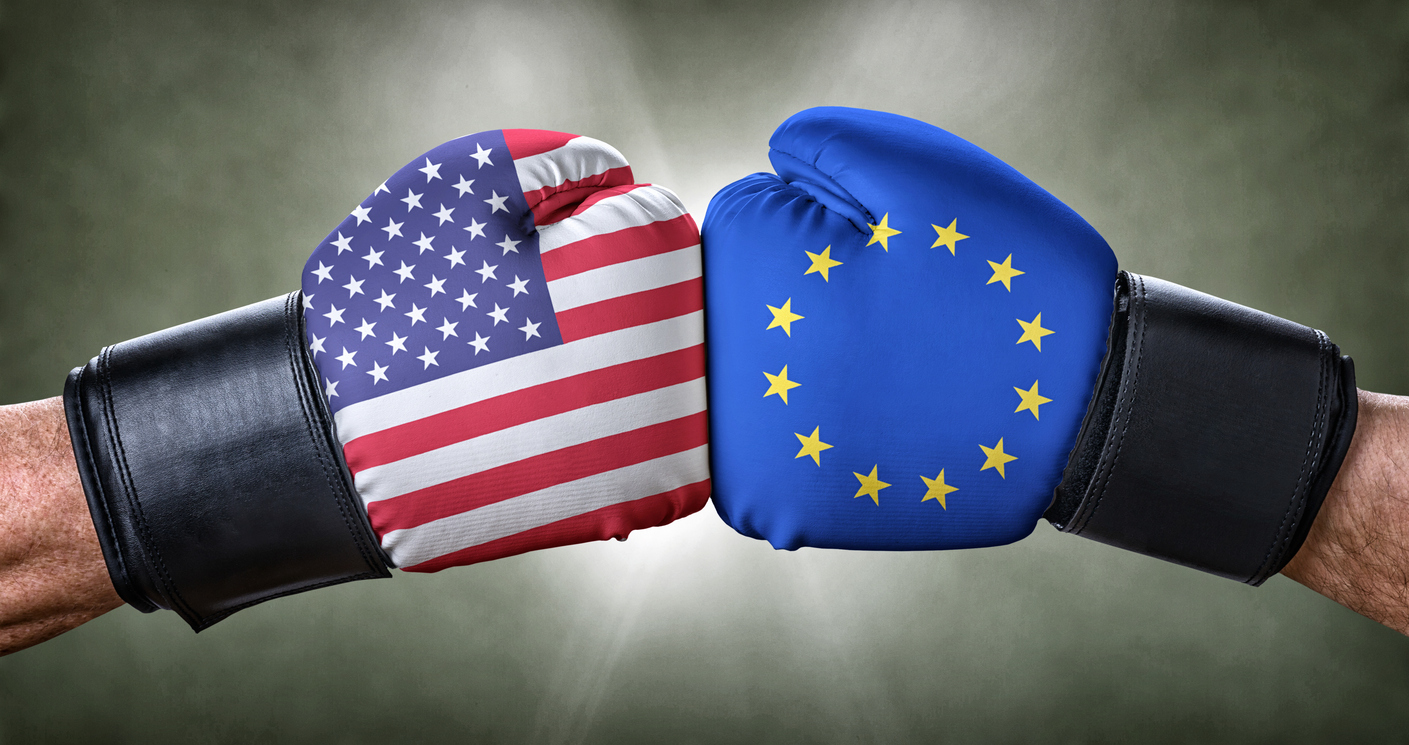Accord UE-Mercosur: «il est nécessaire de signer des accords de libre échange pour nos exportateurs»
Par Charlotte Emlinger
 00:07:45
00:07:45L’Union européenne et les pays du Mercosur ont signé leur accord au Paraguay ce samedi 17 janvier. Un texte qui suscite beaucoup de remous entre ses partisans, d'une part, et ses détracteurs, d'autre part.

.bmp)



.bmp)






